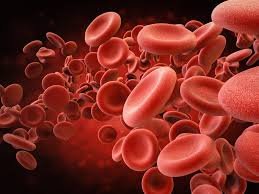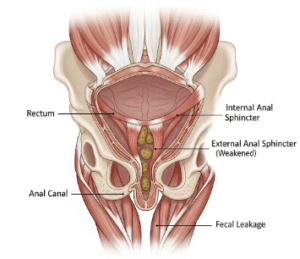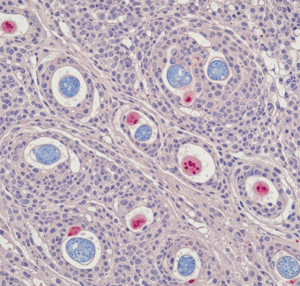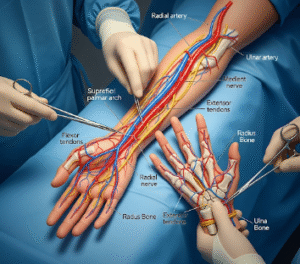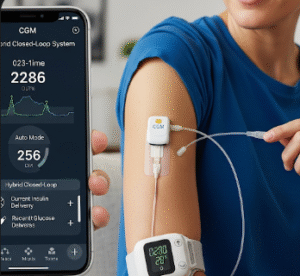Overview
Gaucher disease is a rare inherited metabolic disorder caused by a deficiency of the enzyme glucocerebrosidase, leading to the buildup of fatty substances (glucocerebroside) in certain organs. This accumulation primarily affects the spleen, liver, and bone marrow, causing enlargement, anemia, bone pain, and other complications. South Korea has advanced diagnostic and treatment facilities to manage this condition effectively.
What is Gaucher Disease?
Gaucher disease is a lysosomal storage disorder inherited in an autosomal recessive pattern. The deficient enzyme leads to the accumulation of glucocerebroside within macrophages, known as Gaucher cells, causing organ dysfunction. There are three main types:
- Type 1 (non-neuronopathic) – most common, affects spleen, liver, bones
- Type 2 (acute neuronopathic) – severe neurological involvement, usually fatal in infancy
- Type 3 (chronic neuronopathic) – neurological symptoms develop more slowly
Symptoms
- Enlarged spleen (splenomegaly) and liver (hepatomegaly)
- Anemia causing fatigue and weakness
- Easy bruising and bleeding due to low platelet counts
- Bone pain, fractures, and bone crises
- Delayed growth in children
- Neurological symptoms in types 2 and 3, including seizures and coordination problems
Causes
Gaucher disease results from mutations in the GBA gene causing deficient activity of glucocerebrosidase enzyme. This leads to the accumulation of glucocerebroside in lysosomes, primarily in macrophages.
Risk Factors
- Family history of Gaucher disease
- Inherited in an autosomal recessive manner; both parents must be carriers
- Ashkenazi Jewish descent has a higher prevalence, but it can occur worldwide including in Korea
Complications
- Severe anemia and thrombocytopenia leading to bleeding risks
- Bone disease causing chronic pain and fractures
- Liver dysfunction and portal hypertension
- Pulmonary hypertension in some cases
- Neurological deterioration in types 2 and 3
Prevention
There is no known prevention due to its genetic nature, but genetic counseling for at-risk families is recommended. Early diagnosis and treatment can prevent severe complications.
Treatment Options in Korea
South Korea provides advanced care for Gaucher disease through multidisciplinary teams and specialized therapies:
- Diagnosis
- Enzyme activity testing and genetic analysis available at major medical centers
- Imaging for organ and bone involvement
- Enzyme Replacement Therapy (ERT)
- Intravenous infusions of recombinant glucocerebrosidase to reduce substrate accumulation
- Widely available in Korea and significantly improves symptoms and organ size
- Substrate Reduction Therapy (SRT)
- Oral medications to decrease glucocerebroside production
- Considered in specific patient populations
- Supportive Care
- Pain management for bone crises
- Blood transfusions for severe anemia
- Monitoring and treatment of complications
- Specialized Centers
- Hospitals such as Seoul National University Hospital and Asan Medical Center provide comprehensive Gaucher disease care
- Genetic counseling services for affected families

